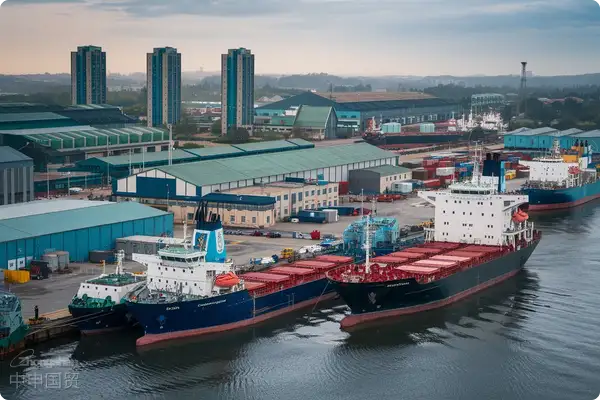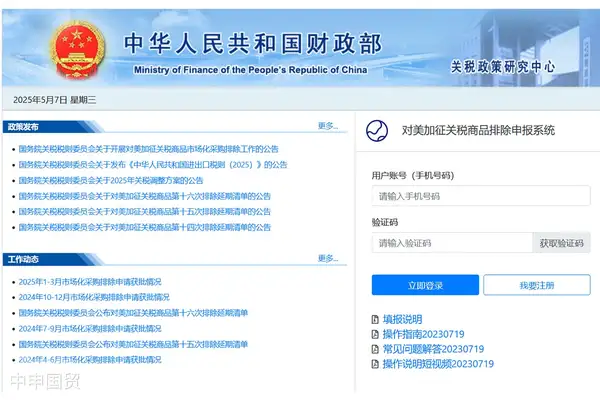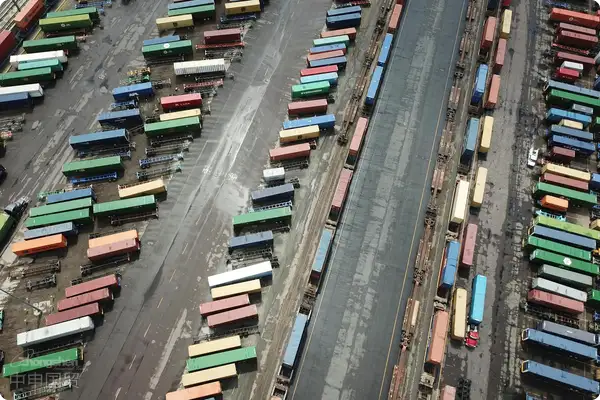- Shanghai Zhongshen International Trade Co., Ltd. - Two decades of trade agency expertise.
- Service Hotline: 139 1787 2118

2025 CNCequipment. For example, Indonesia has the SNI certification, Thailand has the TISI certification, and the Philippines has the BPS certification. It is necessary to confirm in advance the equipment voltage (such as 380V/50Hz in Thailand), the compatibility of the CE certification, and the proof of environmentally friendly materials.Market New Landscape
According to the latest statistics from the General Administration of Customs, the import value of precision CNC equipment is expected to exceed $28 billion in 2025, a 45% increase compared to pre-pandemic levels. With the revision of the Automatic Import License Catalog for Electromechanical Products,Import Representationservices are transitioning from traditional logistics roles tofull-process compliance managementtransformation. After the implementation of the new regulations, the import filing period for 23 types of equipment such as five-axis machining centers has been shortened to 5 working days.
Four core capabilities of high-quality import agents
- Dynamic regulatory response capability
- Real-time tracking of adjustments to the MOFCOM Restricted Import Electromechanical Products Catalog
- Anticipating classification disputes (e.g., whether CNC systems constitute key components)
- Technical document processing capability
- EU CE certification and domestic GB standard conversion
- Compliance verification of equipment accuracy test reports
- Tariff optimization capability
- Application of FTA rules of origin (RCEP tariff rate comparison)
- Practical operations for import VAT credit
- Exception handling capability
- Preemptive response plans for customs classification queries
- Resolution of pre-shipment inspection disputes for used electromechanical equipment
2025 agent service standard process
Taking the import of five-axis machining centers as an example, the current standardized process has formedsix key nodes:
- Pre - preparation Stage
- Equipment technical parameter verification (focusing on CNC axis count)
- Pre-review of import license application materials
- Transportation guarantee phase
- Implementation of international standards for shockproof packaging
- Special transportation solutions for precision instruments
- Customs declaration phase
- HS code pre-classification opinion application
- Completeness confirmation of electromechanical review elements
- On-site inspection phase
- On-site unpacking coordination plan
- Preparation of testing equipment calibration certificates
- Tax payment phase
- Summary taxation and guarantee application
- Royalty fee declaration planning
- Follow-up management phase
- Annual report on imported equipment usage
- Key component replacement filing reminder
Typical risk scenario response strategies
A case worth noting: A 2024 imported CNC grinder incident encountered by an auto parts manufacturer
- Declared price dispute
- Software license fees not included in dutiable value
- Dispute over allocation calculation of technical assistance fees
- Technical parameter discrepancies
- Actual machining accuracy deviation exceeding 5% from declared data
- Control system version mismatch with filed records
Professional agency companies implementPre-classification reviewandPre-shipment verificationThis mechanism can reduce the occurrence rate of such risks by 83%.
Agent Service Selection Evaluation System
It is recommended that enterprises establish an evaluation model from three dimensions:
- Compliance capability (40% weight)
- Declaration error rate in recent three years
- Classification dispute resolution success rate
- Cost control (35% weight)
- Frequency of abnormal expenses occurrence
- Tariff preference utilization rate
- Response speed (25% weight)
- Document processing efficiency
- Inspection emergency response time
Related Recommendations
? 2025. All Rights Reserved. Shanghai ICP No. 2023007705-2  PSB Record: Shanghai No.31011502009912
PSB Record: Shanghai No.31011502009912










